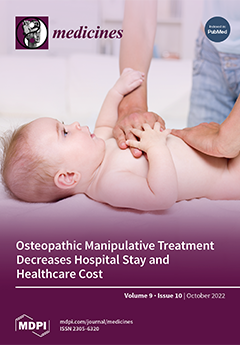Introduction: The objective was to study the association of frailty status in hospitalized elderly patients with risk of fall in an acute geriatric unit and to characterize elderly “fallers” using a comprehensive gerontological assessment. Patients and Methods: A cross-sectional study was conducted in patients over 65 years of age and hospitalized in an acute geriatric unit. This work was carried out in the Acute Geriatric Medicine Unit, Saint-Julien Hospital, Center Hospitalier Universitaire de Rouen from 1 June 2016 to 15 August 2016. Results: 172 patients were included during the collection period, with a female predominance of 115 patients (66.9%). The average age of the sample was 79.37 years old (65–85). The average CHARLSON score was 6.93 (3–16). Patients came from home in 81.4% of cases (i.e., 140 patients), and from a nursing home in 18.6% of cases (i.e., 32 patients). The risk of falling, as assessed by the Monopodal Support Test, returned as abnormal for 127 patients. In our series, there was a statistically strong link between the risk of falling and the presence of a dementia pathology (
p = 0.009), the presence of a vitamin D deficiency (
p = 0.03), the presence of frailty, as assessed by the three scales (modified SEGA scale, Fried scale and CFS/7 (<0.001), a high comorbidity score (
p = 0.04), and a disturbed autonomy assessment according to IADL (
p = 1.02 × 10
−5) and according to ADL (
p = 6.4 × 10
−8). There was a statistically strong link between the risk of falling and the occurrence of death (
p = 0.01). Conclusion: The consequences of the fall in terms of morbidity and mortality and the frequency of this event with advancing age and its impact on the quality of life as well as on health expenditure justify a systematic identification of the risk of falling in the elderly population. It is therefore important to have sensitive, specific, and reproducible tools available for identifying elderly people at high risk of falling.
Full article




